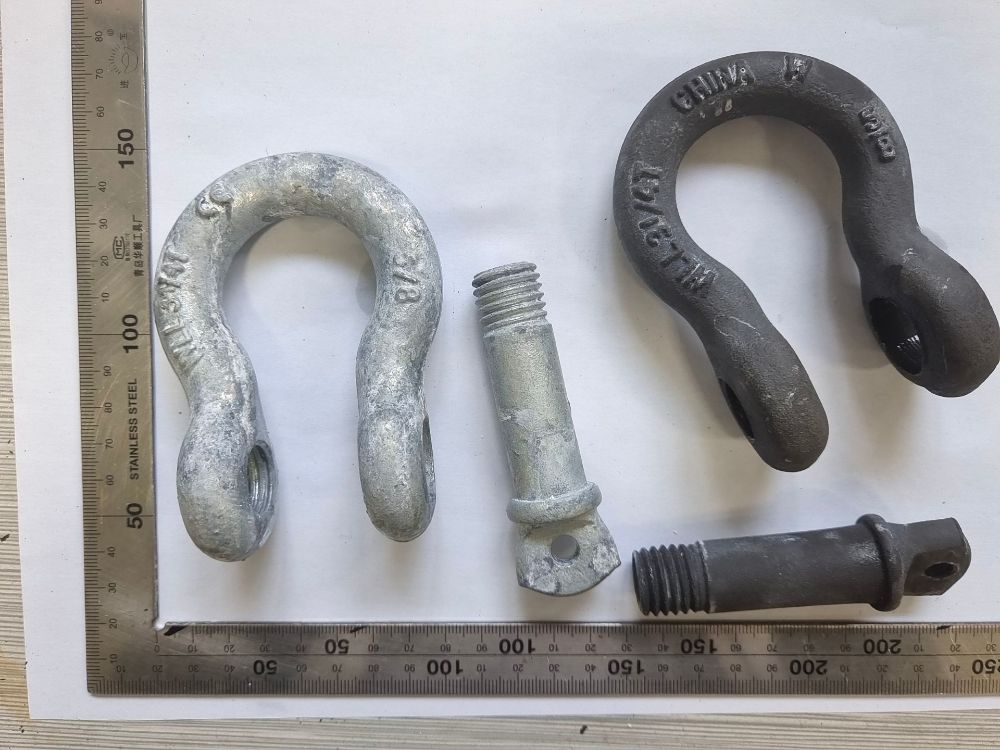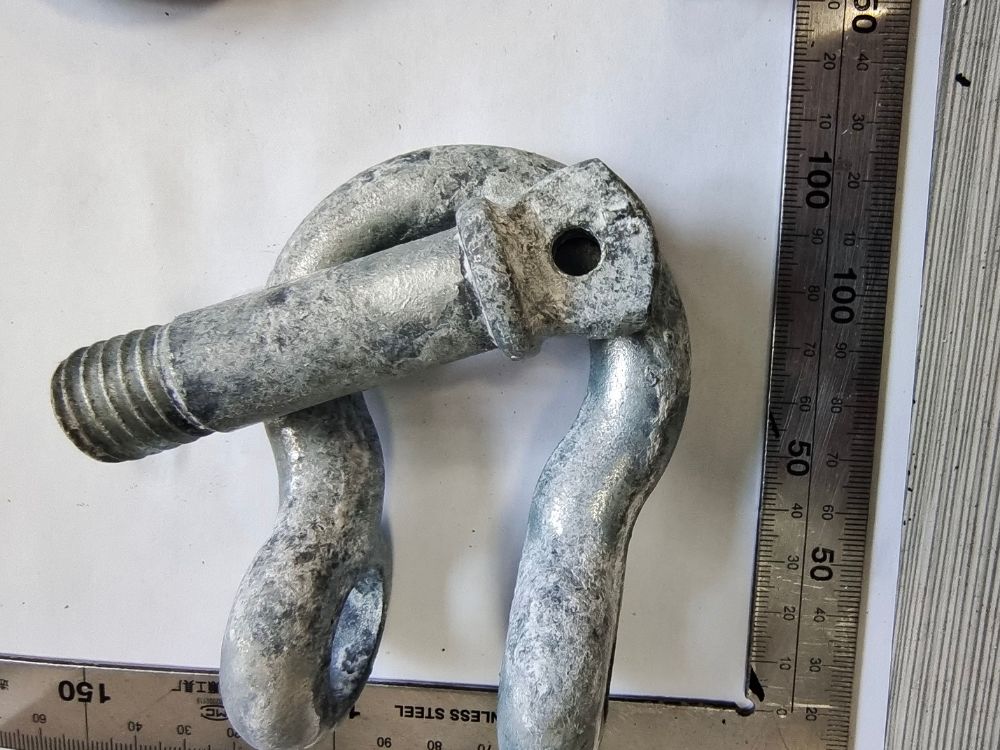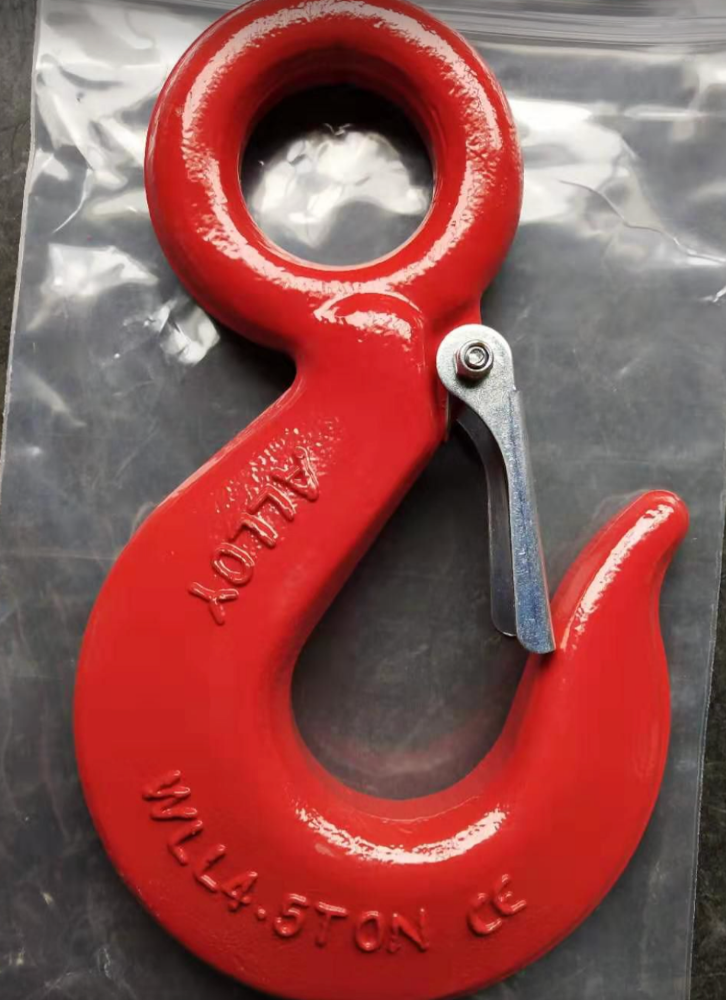We often encounter the problem of metal corrosion and rust, which seriously affects the service life of metal and its products and the safety of workers' operation. Metal processing parts are easy to rust during production, processing and transportation. The so-called rust is a mixture of oxides and hydroxides formed on the metal surface due to the action of oxygen and water. It is difficult for machinery not to come into contact with oxygen, moisture or other corrosive media in the air during operation and storage. These substances will cause electrochemical corrosion on the metal surface and rust. For example, iron will produce red rust, copper will produce green rust, and aluminum will produce white rust.
Do you know powder sherardizing?
- Powder sherardization process
Powder sherardizing is a solid-state diffusion process, which specifically refers to wrapping the workpiece in zinc powder and an inert material such as sand, and placing it in a closed container for heat treatment. The process is usually carried out in an airtight container heated at a temperature ranging from 320°C to 500°C and rotating slowly. The formed zinc/iron alloy coating is then subjected to phosphating or chromic acid passivation treatment to finally obtain a clean passivated surface. The coating closely follows the contour of the substrate and can form a uniform coating on workpieces of any shape, including complex and irregularly shaped workpieces.
- Basic materials
Pure carbon steels, low alloy steels, sintered materials, malleable grey iron and cast iron are suitable for powder sherardizing. The process is free of hydrogen embrittlement. However, when pre-cleaning high tensile strength materials (σb = 1000 N/mm2 or more), the cathodic cleaning method should not be used. Pretreatment methods such as anodic, mechanical or any other treatment method that do not affect the properties of the base metal are recommended. It must be noted that workpieces with soldered or resin-bonded joints are not suitable for powder sherardizing because the sherardizing process has a significant effect on joint performance. Any other similar connection joints must be connected after sherardizing.
- Component appearance
Powder zinc coating has a matte, grey appearance, and the surface of the coating may show some scratches due to the mutual contact of the workpieces. Due to the high hardness of the coating, such scratches are generally shallow and have no effect on corrosion resistance.


After 48 hours of neutral salt spray test, the comparison photos of hot-dip galvanized and powder-hardened shackles









